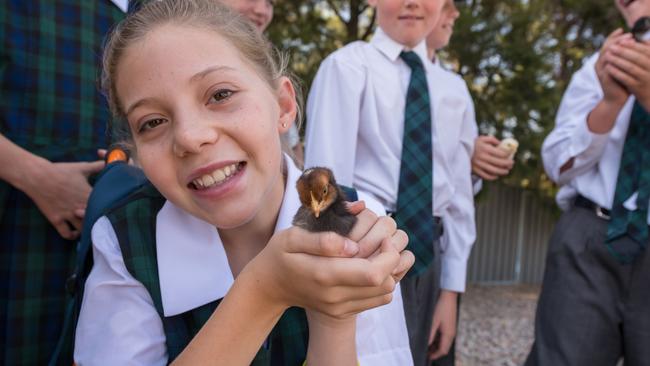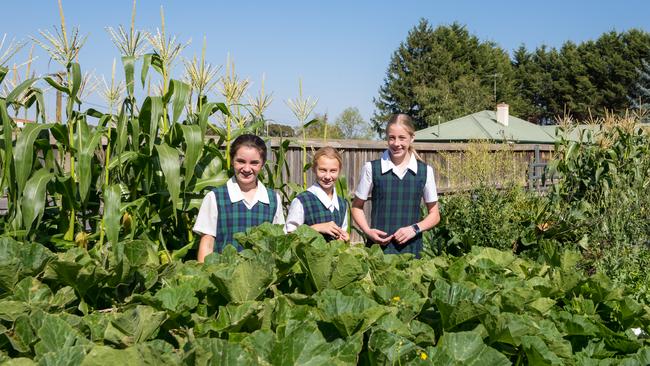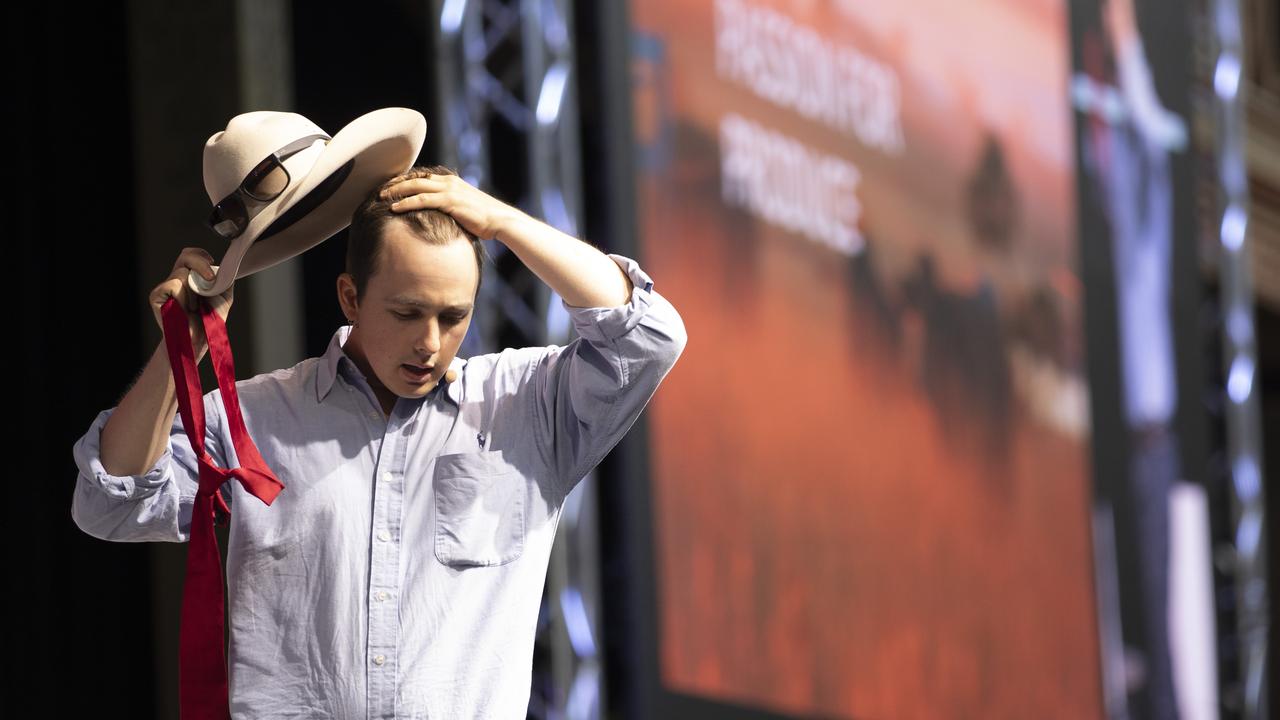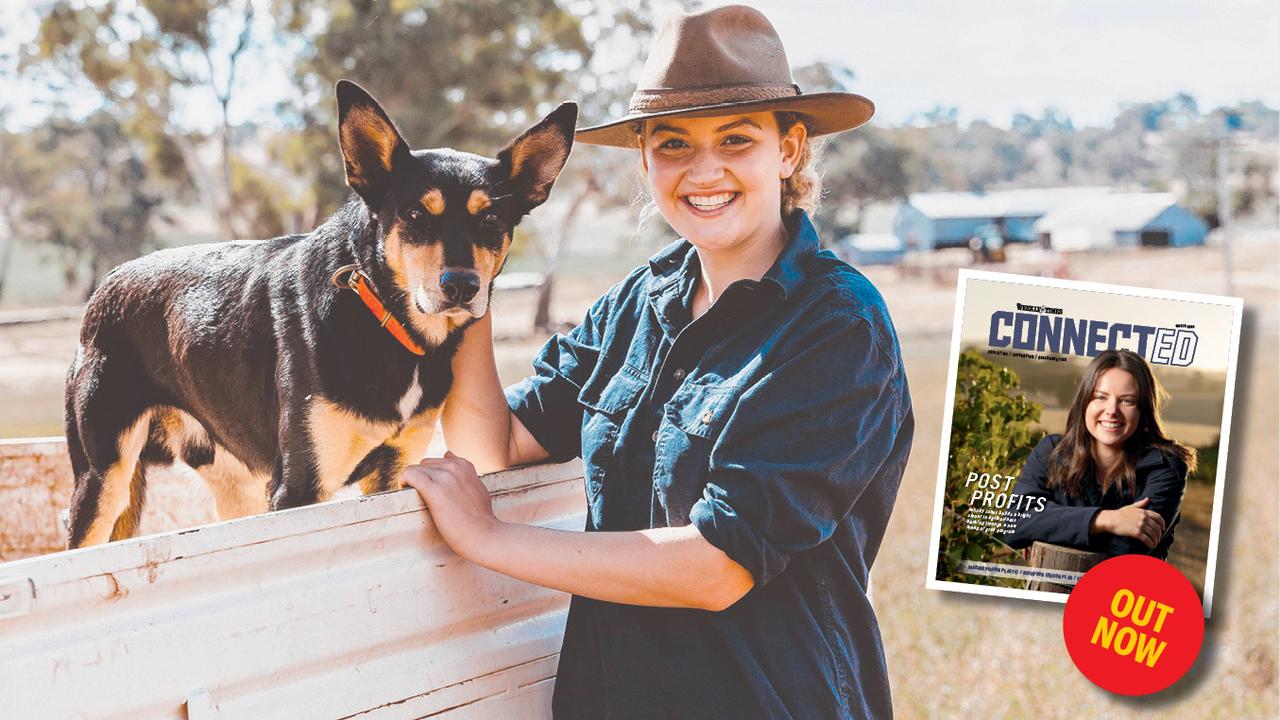Unique agriculture education at Kinross Wolaroi School
FROM the maths behind subdividing a farm to the chemistry involved in oil separation, students at a school in orange receive a truly unique ag education, writes JOHANNA LEGGATT.

THE staff and students at Kinross Wolaroi School, in the NSW town of Orange, live and breathe agriculture.
Many of the school’s boarders are from rural backgrounds, the school itself runs a herd of Angus on 728 hectares across its five farms, and the community of Orange is regarded as a veritable food bowl of central west NSW.
But when it came time to name the school’s new rural education program, the school deliberately chose to omit the word agriculture from the title.
Instead, it’s called TREE — The Regional Engagement Enterprise — so as not to evoke the many misconceptions people have about what constitutes agriculture.
“It’s quite a polarising word,” says teacher and TREE director Tom Riley.
“We actually interviewed all of the students in the school about what the word agriculture conjured up for them and not a lot of it was about that modern, future direction of agriculture.
“So it was left off the title.”
AUSSIE TEACHERS AND STUDENTS EXPLAIN THEIR PASSION FOR AGRICULTURE
BUSHFOODS ON THE CURRICULUM FOR VCE STUDENTS
MLC BOARDER FROM COOTAMUNDRA FOLLOWS PASSION FOR TEACHING AG
Instead, the school focused on the regional component of TREE’s remit.
“We realised what we needed to do was showcase the regional context of the program, which largely constitutes agriculture anyway, to improve the relevance of our traditional curriculum subjects,” Mr Riley says.
“We are a proudly regional school, but we wanted to do more to expose all students to agriculture and get them to see that it’s a really diverse industry with many applications.
“I think a lot of students still see agriculture as merely growing and grazing, and while that is obviously still very much a part of agriculture, it is also a very dynamic industry that requires a wide range of skills.
“And if you can’t engage students in Orange in agriculture, then you haven’t got much hope in metropolitan areas.”

TREE launched in November 2017 and incorporates the regional community, and its local businesses, into the school curriculum up until Year 11.
The Kinross Wolaroi School approached some 200 locals and businesses, or TREE “collaborators”, who provide either academic or practical opportunities for the students.
“We have had a local surveyor come in and teach the kids in maths about how to subdivide a property,” Mr Riley says.
“We have also got people working with students in English in marketing Orange as a region.”
In Year 11 chemistry, (or chemis-TREE as it is known at the school) students compare industrial separation techniques involved in making canola oil and olive oil.
Students attend local canola and olive oil processing plants in the region, where they learn about the chemical separation techniques at each location.
“It’s an opportunity to see chemistry in the local context,” Mr Riley says.
Meanwhile, in Year 10 drama, students work with a local filmmaker and produce documentaries about the challenges and opportunities of living in regional Australia.
“Last year, two students produced a documentary about the drought and how it affected their family,” Mr Riley says.
“And it was really powerful.”
So far, TREE has been an outstanding success.
In 2017, the school piloted 16 projects, which leapt to 84 projects in 2018.
“That gives you an idea of the growing community appetite for the program,” Mr Riley says.
“I think a maximum of 100 projects is sustainable so that is what we would be aiming for this year as that allows us to ensure that we have a project in every year and every faculty of the school.”
The school also runs a Lighthouse project under TREE, allowing a student to work in a local business for half a day or one day a week for a total of 20 weeks.
“They may be given a row of vines to care for at a vineyard and the student will take that all the way from grape growing to producing the wine,” Mr Riley says.
The final aim of TREE, according to Mr Riley, is to produce students equipped to lead the changing face of agriculture, which cuts across so many businesses and jobs.
“We haven’t had enough students choosing to study agriculture because they haven’t been exposed to what is and what will be modern agriculture,” Mr Riley says.
“It’s going to be a huge industry in the future for Australia as we face the need to feed a growing population and we need people to take it further.
“And we’re hoping that we can place some of our students at the forefront of that movement.”
It also gives the students more confidence, Mr Riley notes.
“It builds them up so they are ready to enter a workforce,” he says.
“Some of the students may struggle in a classroom, but the projects give those students a chance to showcase what they know.
“I’ve also seen appreciation develop among students who do not have a regional background for those students that do.”


